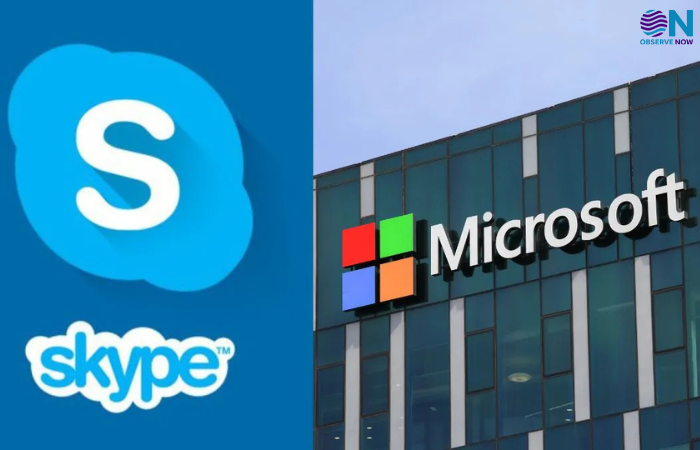Microsoft Retires Skype After Two Decades, Urges Users to Transition to Teams

Microsoft has officially retired Skype as of May 5, 2025, concluding the platform’s 22-year tenure as a pioneer in internet-based communication. The company is directing users to transition to Microsoft Teams, its primary communication and collaboration platform.
In a statement, Microsoft assured users that all existing Skype chats and contacts will remain accessible through Teams using the same login credentials. This move is part of Microsoft’s broader strategy to streamline its communication offerings and focus on Teams, which has seen significant growth in recent years. “In order to streamline our free consumer communications offerings so we can more easily adapt to customer needs, we will be retiring Skype in May 2025 to focus on Microsoft Teams (free), our modern communications and collaboration hub,” the company stated.
New purchases of Skype Credit and plans have already been discontinued. Existing subscribers can continue using their services until the end of their billing cycles. Skype Numbers will remain active until their expiry and can be ported to other carriers. Even after the shutdown, users can receive calls on Skype Numbers through the Skype web portal or Teams, with calls triggering push notifications in Teams.
Launched in 2003, Skype revolutionized internet-based voice and video calling, becoming widely used across the globe. Microsoft acquired Skype in 2011 for $8.5 billion, aiming to enhance its communication services. However, with the rise of competitors like Zoom, WhatsApp, and Slack, Skype’s popularity declined, leading Microsoft to shift its focus to Teams.
Teams has become Microsoft’s flagship communication platform, especially during the COVID-19 pandemic, offering integrated features for chat, voice, and video calls, as well as collaboration tools. By consolidating its communication services under Teams, Microsoft aims to provide a more cohesive and modern user experience.
The retirement of Skype marks the end of an era for one of the most recognizable video-calling platforms from the early internet era. Microsoft’s decision reflects the evolving landscape of digital communication and the company’s commitment to adapting to customer needs with more integrated solutions.
















